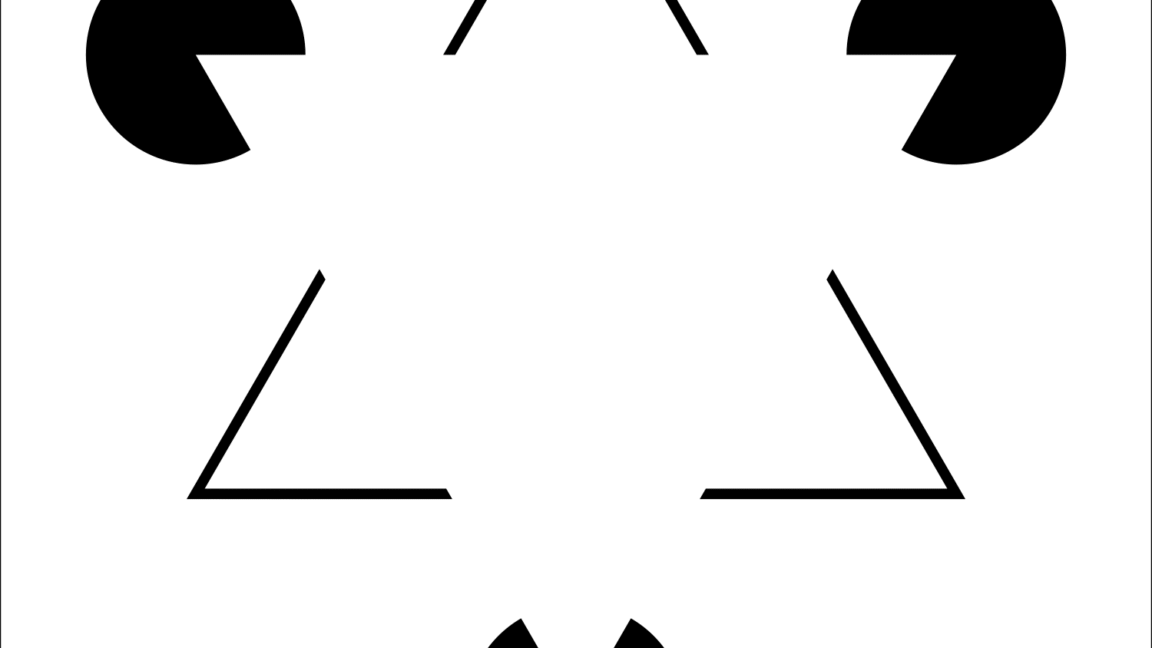
"The first part of the study, done with the Allen Institute's OpenScope program, used high-density silicon probes to record large-scale electrical activity across visual areas of mouse brains, capturing the activity of hundreds of neurons with sub-millisecond precision as the mice viewed stimuli that included illusory contours. That technique has superb temporal resolution, but it can't easily distinguish the properties of individual cells. So the team also recorded the activity of thousands of neurons in the upper layers of the visual cortex using a calcium-sensitive fluorescent molecule. This produced what Hillel Adesnik of UC Berkeley calls "dynamic pictures of the brain activity where neurons flash when they fire.""
"This allowed them to stimulate a tiny, very selective subset: "Out of approximately 5,000 neurons, we were able to selectively target the 20 most responsive to, for example, encoding illusory contours." By combining this stimulation with cortical recordings, the team could move beyond simply correlating neural activity with a stimulus. As Adesnik puts it: "rather than working with a purely observational approach, we could actually photo-stimulate and activate those particular neurons as a group and observe how that influences neural dynamics.""
High-density silicon probes recorded large-scale electrical activity across mouse visual areas with sub-millisecond precision while mice viewed stimuli including illusory contours. Calcium-sensitive fluorescent imaging captured activity of thousands of neurons in upper visual cortex layers, producing dynamic pictures showing neurons flashing when they fire. Combining electrophysiology and imaging identified the specific neurons that encoded illusory contours for targeted manipulation. Holographic 3D optogenetic illumination selectively stimulated roughly 20 of about 5,000 neurons most responsive to illusory-contour stimuli. Photo-stimulation of those IC-encoders reproduced the neural activity patterns normally evoked by illusory contours, enabling causal tests of cortical dynamics.
Read at Ars Technica
Unable to calculate read time
Collection
[
|
...
]